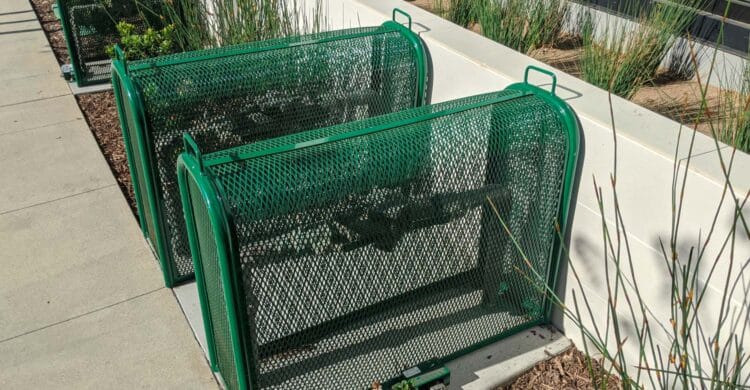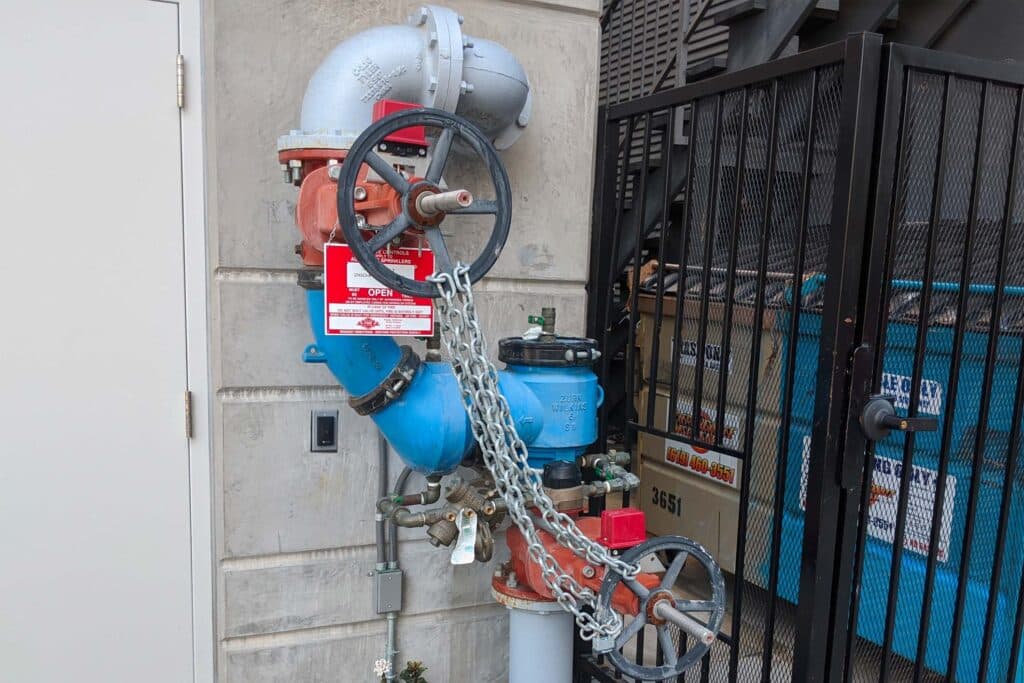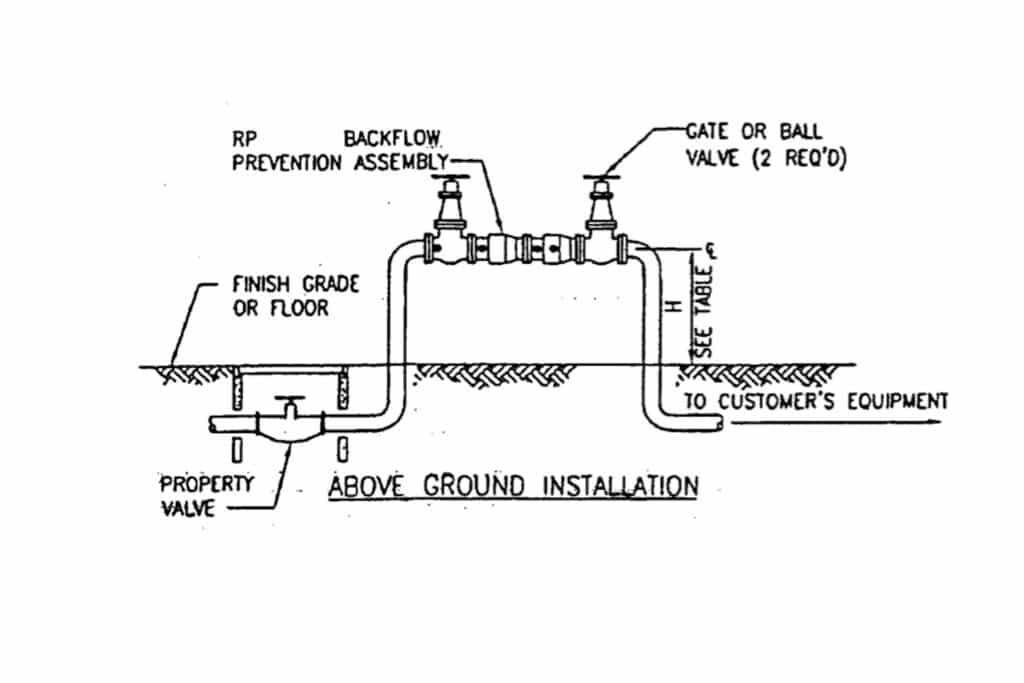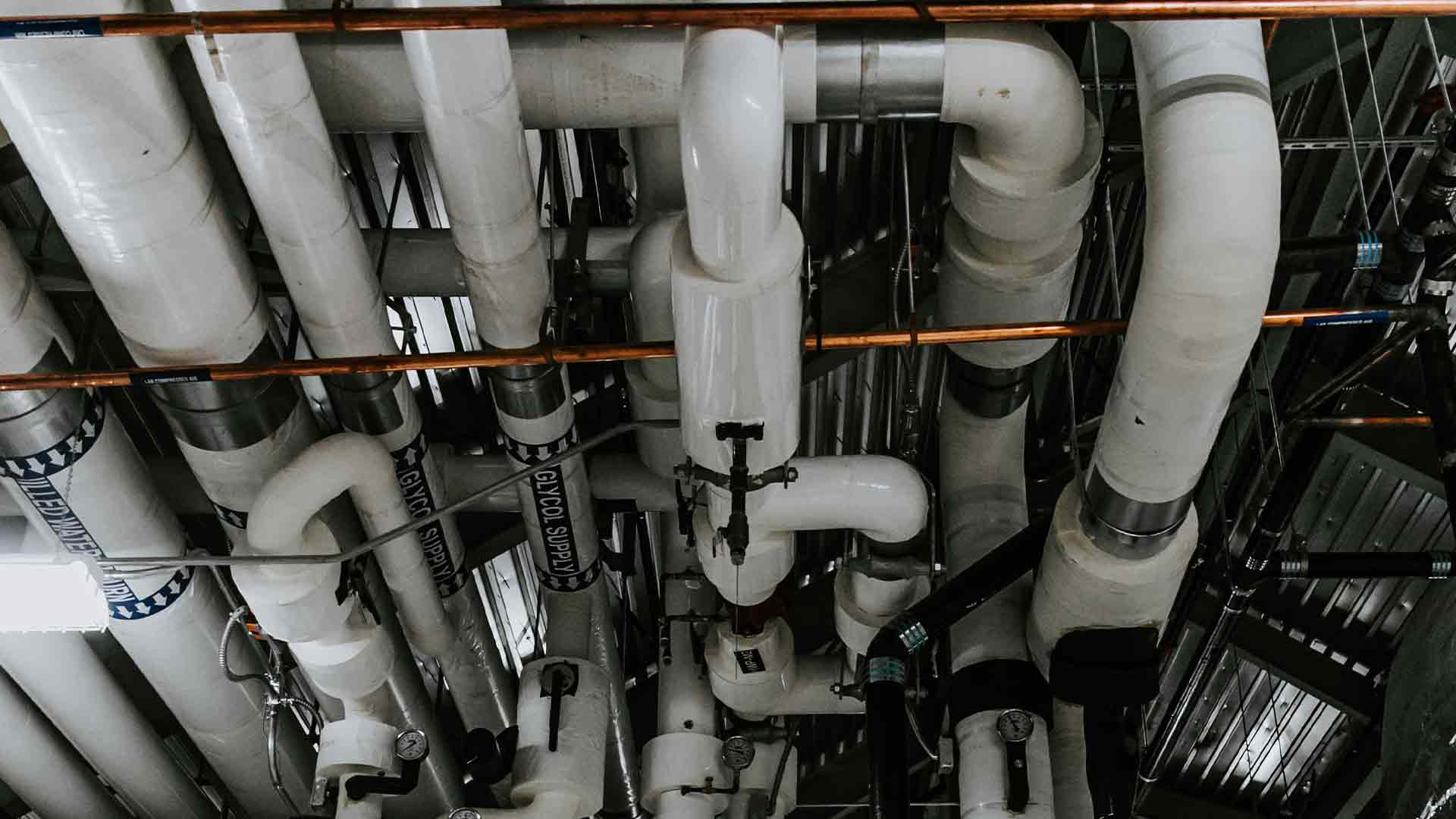
Meeting State Requirements
Why Backflow Prevention is Important
When connections between drinking water and commercial or industrial plumbing systems occur, contamination can be deadly. As the name implies, a backflow prevention device simply ensures that water can only flow in one direction protecting you from harmful chemicals, toxins or debris.
Keep Your Water Clean
There is a reason the state of Georgia requires backflow prevention devices, as they prevent your drinking water from becoming contaminated. Without this type of device, water can flow in any direction – including contaminated water that is leaving other homes or businesses. A backflow prevention device ensures that contaminants cannot enter your home and that you only receive fresh, clean water.
Avoid Plumbing Damage
Without a prevention valve, a backflow may cause severe damage to your pipes due to foreign materials coming into your system. Having a backflow prevention system in place will help you avoid this potential headache.
Especially Important for Businesses
If you own or run a commercial venture and you do not have a backflow prevention device you could set yourself up for legal trouble – especially if someone were to get sick off of water they consumed while at your property.

How Does Backflow Occur?
There are different terms that describe what happens when plumbing – such as the one that connects your home or business to a city system – is not a one-way system. But the most important thing to know is that the potable water that enters your plumbing is often not safe to drink when it leaves your plumbing and returns to the public system – where it is eventually cleansed and processed by your municipality. There is a reason your municipality has a water treatment plant. That is because the water they handle may have liquids, gasses, or suspended solids in it that are unsafe for consumption. A backflow prevention device prevents this by multiple methods.

What Types of Backflow Preventers Are There?
The simplest prevention method is an Air Gap. The air gap physically separates a potable water supply pipeline and the open receiving vessel. A Pressure Vacuum Breaker (PVB) is also a common backflow preventer, and it typically consists of an inlet shutoff valve, spring-loaded check valves, test valves, and an outlet shutoff valve. Other standard prevention devices include spill-resistant vacuum breakers, double-check valves, and reduced pressure principle backflow assemblies. At Conditioned Air Systems, our experienced plumbers will examine your residential or commercial plumbing system and determine which type of backflow prevention system will work best for you.

